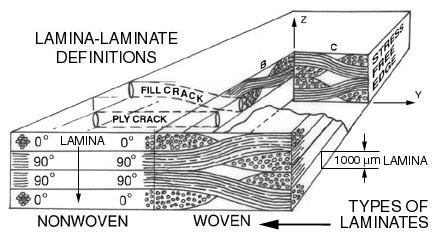

Figure 1. Microstructures of grains and lamina
Ronald D. Kriz, Associate Professor
Engineering Science and Mechanics
Virginia Polytechnic Institute and State University
Blacksburg, Virginia 24061


Macroscopic mechanical behavior can be influenced by structures at the microscopic scales of 10-3m. For example elastic properties of a polycrystalline material are controlled by the orientation of individual grains sizes of 10 -3m, i.e. random orientation leads to isotropic macroscopic elastic properties. For composite laminates macroscopic properties of laminated composites are influenced by the elastic properties and fiber orientation in each laminate layer ("lamina"). Typical lamina thicknesses are 10-3m and hence are considered microscopic structures. Cumulative damage events, i.e. ply cracks, at the lamina-microscopic scale can also influence mechanical behavior and failure at the macroscopic laminate scale. Relationships between the microscopic and macroscopic scales embraces a wide variety of other topics and examples. It is not the intention of this section to provide a comprehensive overview of these micro/macro models but rather to introduce the students to examples of micro/macro models that is representative of the research conducted by Dr. Ron Kriz while working with computers at NIST (formerly NBS) from 1980 to 1990 and with computers at NCSA (National Center for Supercomputing Applications) from 1990 to 2000. During this time period high performance computing was rapidly evolving. CDC, Thinking Machine CM2, Cray, and SGI computers were all used to study the mechanical behavior of a variety of problems related to damage in laminated composites and wave propagation in highly anisotropic crystals and fiber-reinforced composites.
Throughout this section we provide links to examples where the reader can work with interactive computer programs, written by Dr. Kriz, as they relate to the theory developed in the sections below. Hence our objective is to create an interactive section that compliments the theory and allows the student to experiment with the various micro/macro models as they are introduced.